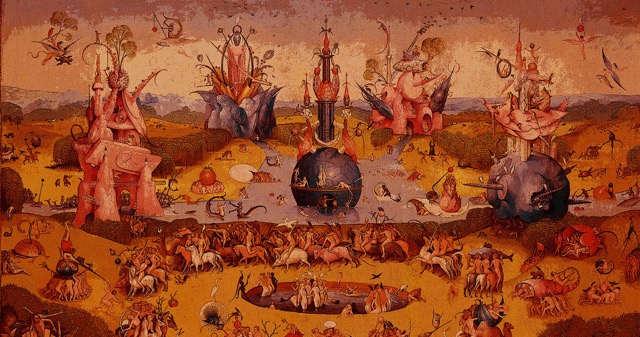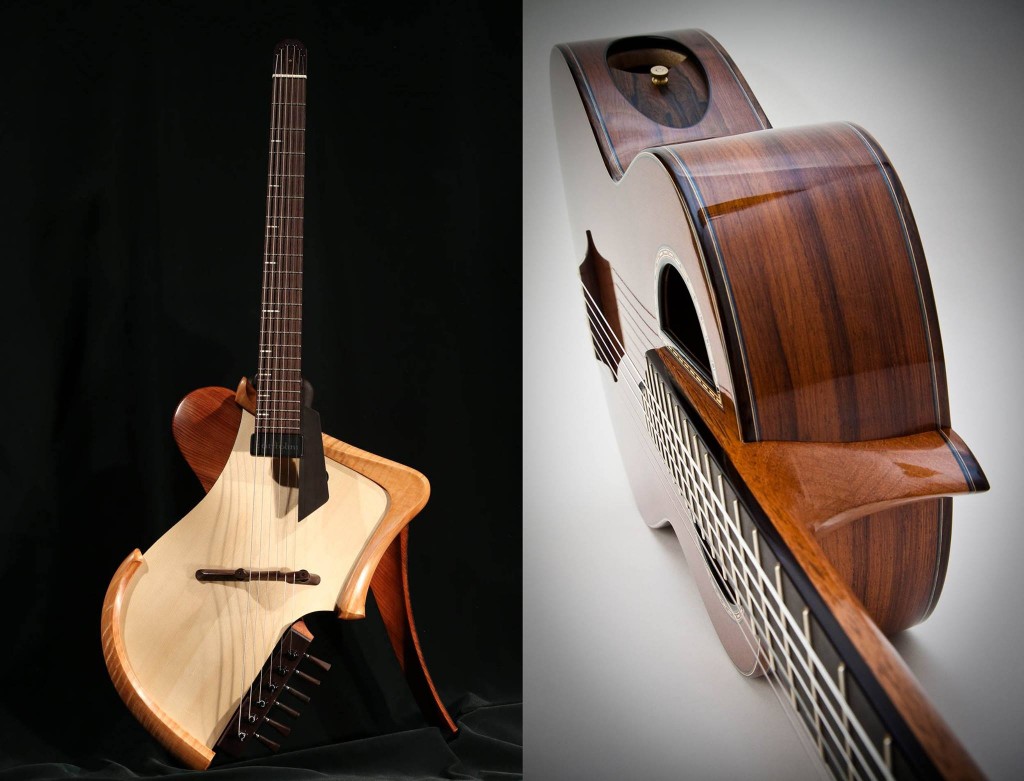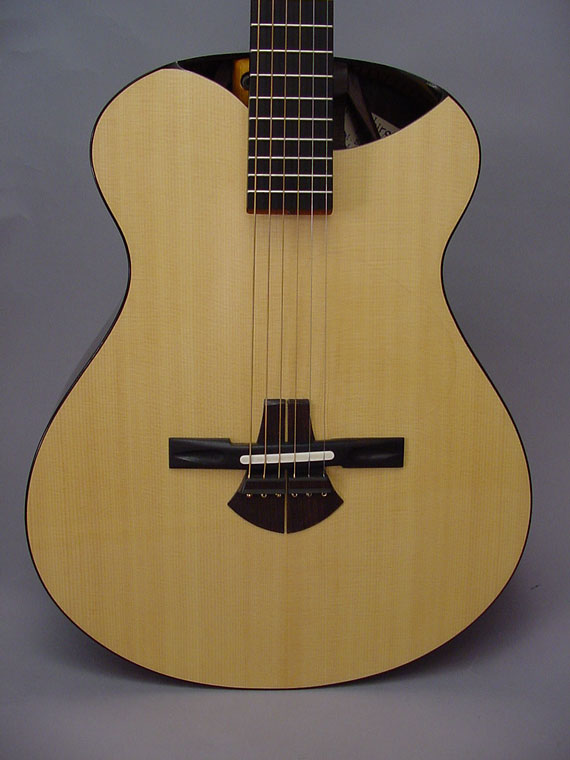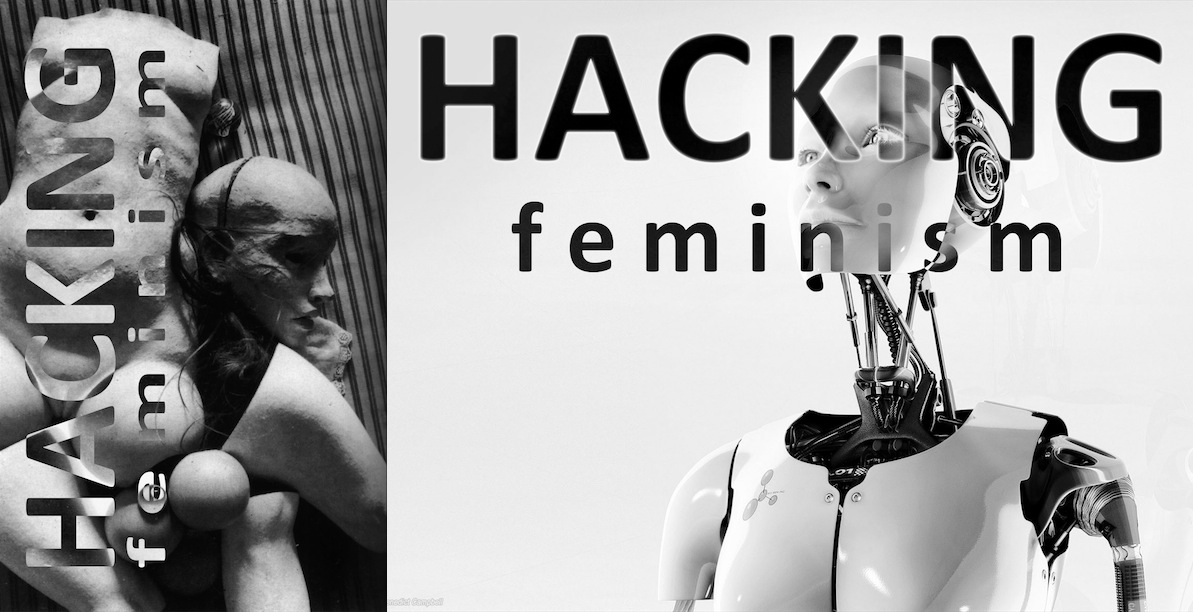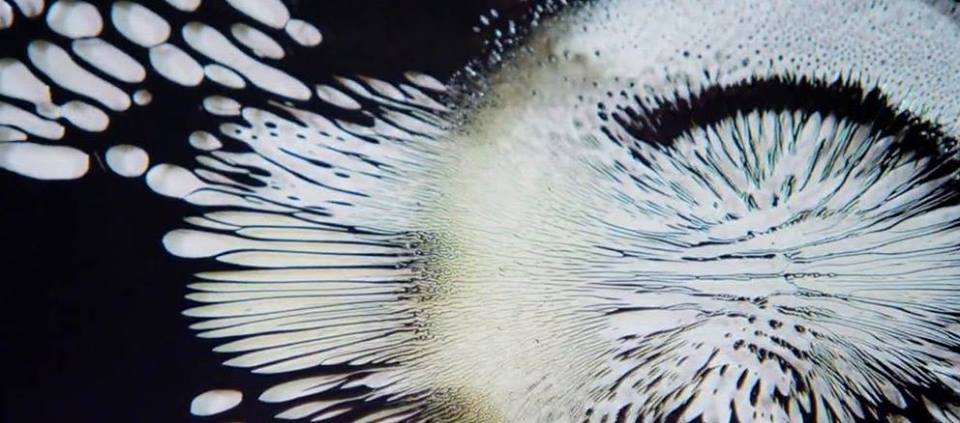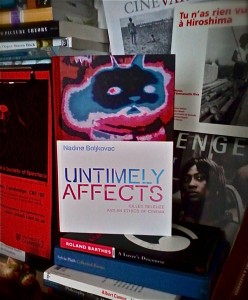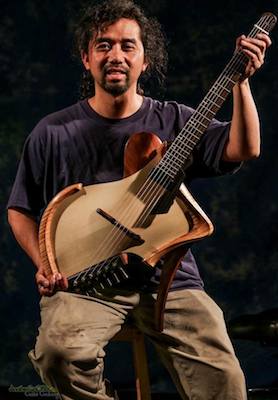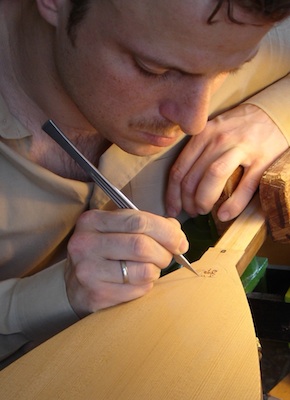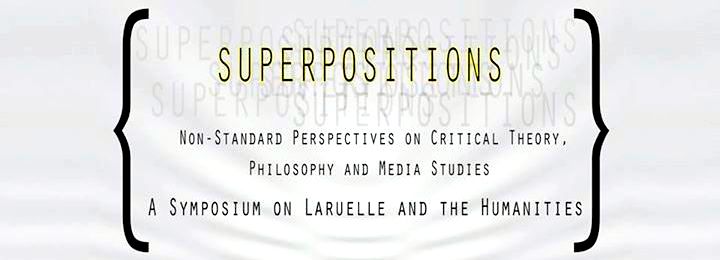In Service to Nothing: Intellectual Inquiry in the Open
Symposium at The New School
The Center for Transformative Media and punctum books
November 7 11AM-6PM
66 West 12th Street, room A404
https://www.facebook.com/events/1671272699787129/
“In Service to Nothing: Intellectual Inquiry in the Open” is a symposium, co-hosted by the Center for Transformative Media, Parsons School of Design and punctum books, that takes as its launching pad three new and forthcoming titles by CTM+punctum authors–
• Michael Berger, ed., “Ravish the Republic: The Archives of the Iron Garters Crime/Art Collective” (Dead Letter Office, punctum books, 2015)
• Gavin Keeney, “Knowledge, Spirit, Law, Book I: Radical Scholarship (CTM Documents Initiative, punctum books, 2015)
• Marc Lafia, “Image/Photograph” (CTM Documents Initiative, punctum books, 2015)
— in order to think through what it might mean, currently, to practice radically speculative forms of scholarship that work to evade, escape, and critique neoliberal and institutional-bureaucratic capture, or, as Keeney puts it in his book, that would work “against neoliberalist anomie and the preservation of postmodern différance as means to atomize consciousness and instill … a society of control.” Further, Keeney writes,
“Why is the speculative confined to the arts, or—worse still—to cultural studies (the circularity of endless discourse present there mimicking knowledge production based on citation and interpretation of received wisdom)? How have the arts been isolated and rendered toothless since the inception of modernism, when revolutionary-critical and productive work was one of the key operative elements of the “architecture” of modernism (if not modernity)?”
How, also, for those of us working the veins of so-called “academic” discourses, can we resist what Sarah Schulman has called “the gentrification of the mind,” working instead, in the words of Michael Berger, “to make unprecedented collaborations between art and theory, spirituality and labor, crime and love, writing and noise”? Further, of the work of the Iron Garters Crime/Art collective, Berger writes,
“The unquestioned divisions between genres and modes and forms could no longer be tolerated. The Academy would have to be thrown into the street. Theory would have to be disrupted by economic brutalities. Culture would have to be rewritten by the powerless. Sexuality and desire would have to be undermined by artistic frenzy and mystical devotion. Above all, we would have to be reckless yet cunning like the most devoted outlaws, protectors of a Wild Outside that has no real analogue in human rationality.”
We can look back to Foucault’s Preface to Deleuze and Guattari’s “Anti-Oedipus,” to see the situation framed this way: “How does one introduce desire into thought, into discourse, into action? How can and must desire deploy its forces within the political domain and grow more intense in the process of overturning the established order?”
“In Service to Nothing” will gather together authors and publishers who are working to foster and enact speculative, avant-garde scholarly praxes that resist the business-as-usual of the Public Research Institution, the Digital Humanities, Academic Publishing, Neoliberal Capital, and the like, in order to reinvigorate the question of intellectual creation outside of its intensive “management” as “property” within the contemporary university. Further, speakers have been selected because of the ways in which their work productively emerges at the intersections between the Institution, the University, the so-called Street/Outside, the Studio/Workshop, the Gallery/Museum, etc.
SCHEDULE OF EVENTS:
11:00am-11:30am
COFFEE/TEA
11:30am-12:00noon
Welcoming/Framing Remarks by Eileen Joy + Chris Piuma (Co-Directors, punctum books)
12:00noon-1:00pm
Alison Kinney (author of HOOD, forthcoming from Bloomsbury in Jan. 2016) + Michael Berger (Iron Garters Crime/Art Collective)
1:00pm-2:00pm
LUNCH BREAK
2:00pm-3:00pm
Karen Gregory (Digital Sociology, University of Edinburgh) + Gavin Keeney (Agence ‘X’)
3:00pm-3:30pm
COFFEE/TEA
3:30pm-4:30pm
Marina Zurkow (Multimedia Artist + Interactive Telecommunications Program, Tisch School of the Arts) + Marc Lafia (Photographer/Filmmaker + author of IMAGE/PHOTOGRAPH)
4:30pm-5:30pm
Joseph Nechvatal (Multimedia Artist, Paris + author of DESTROYER OF NAIVETES) + Ed Keller (Center for Transformative Media, Parsons School of Design)

